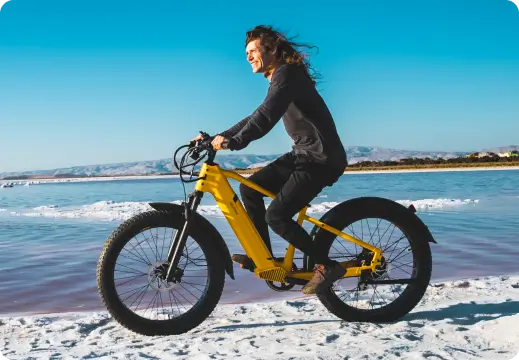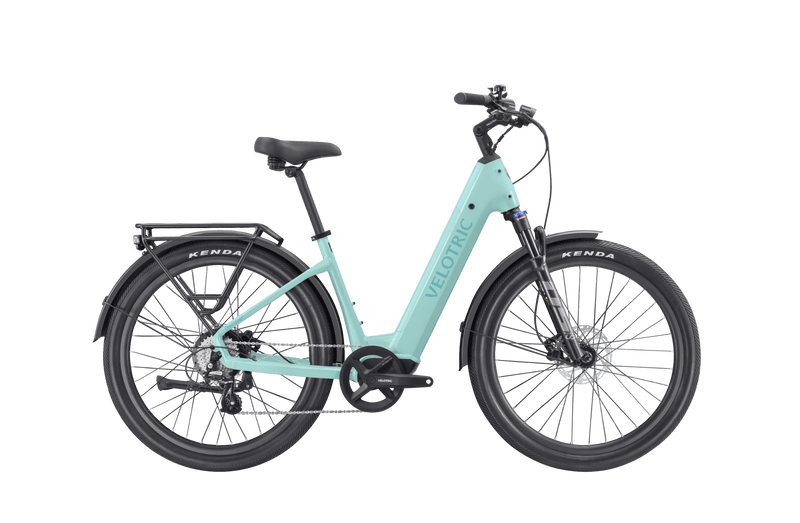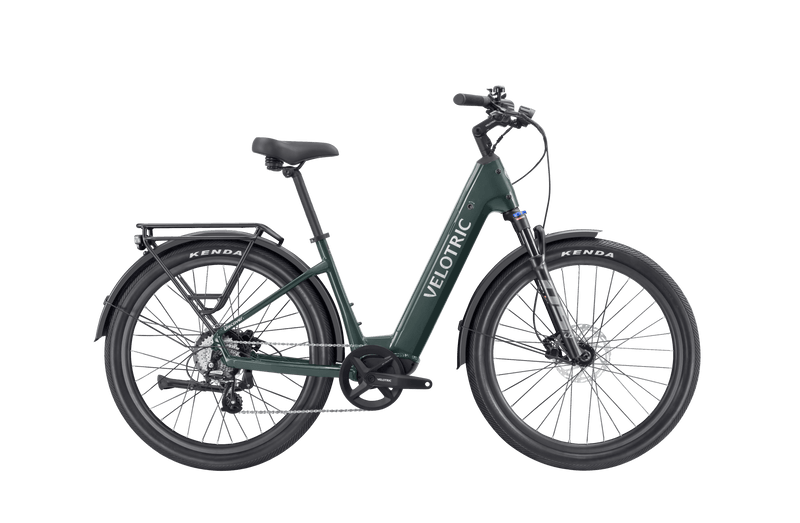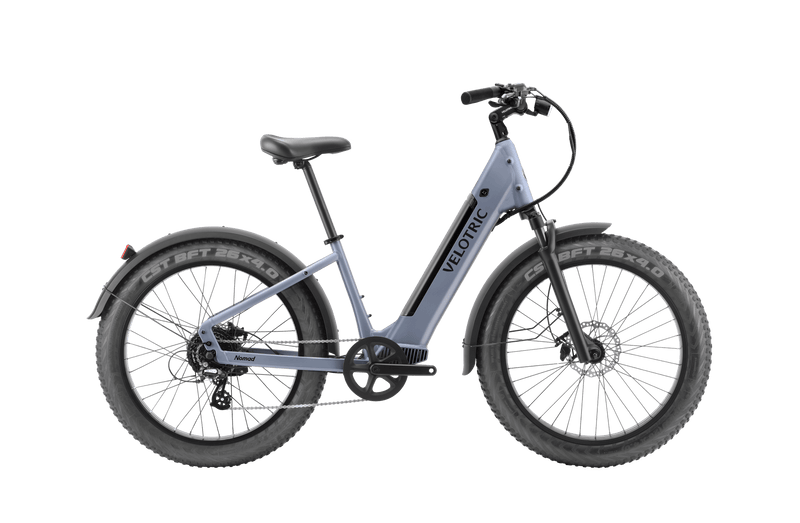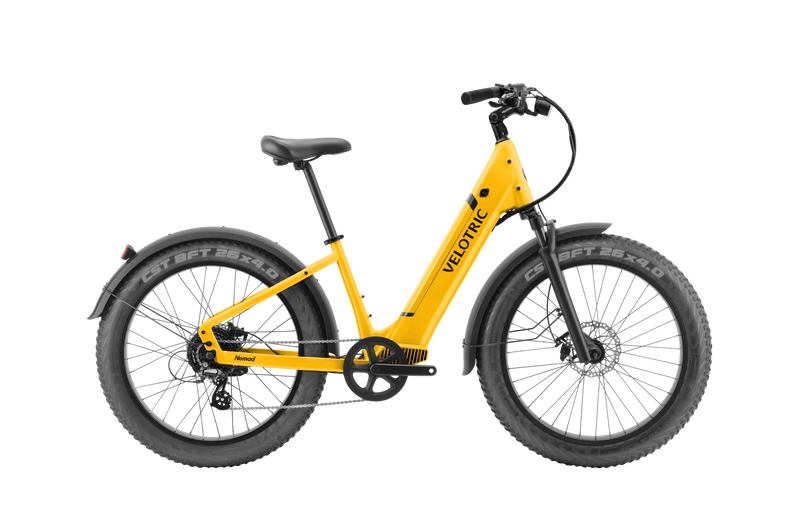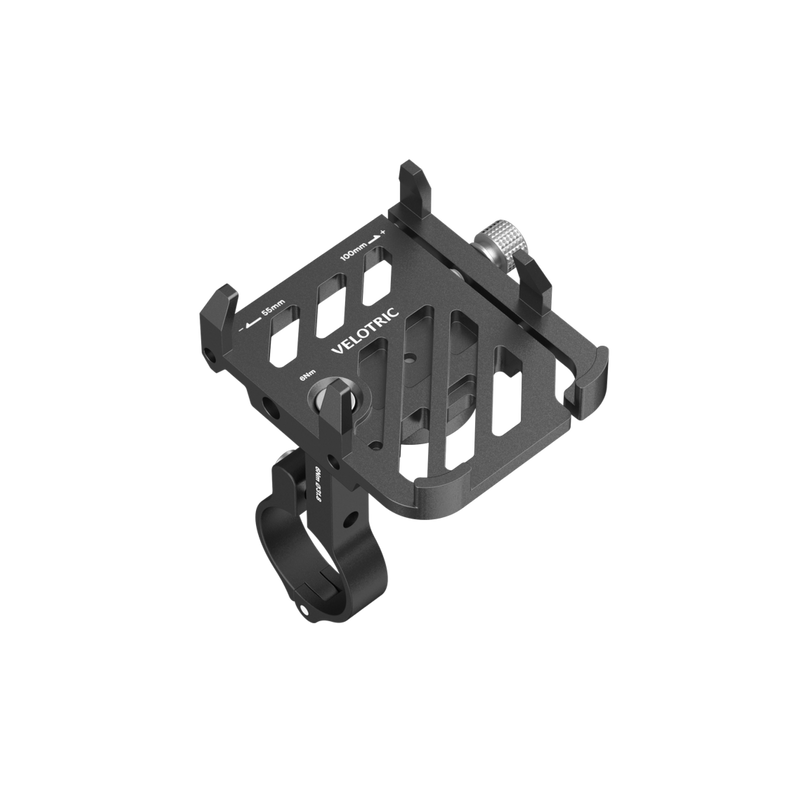Electric bikes make cycling more accessible and enjoyable for everyone. However, even with motor assistance, comfort remains crucial for making the most of your ebike experience. Whether you're commuting to work, running errands, or enjoying weekend adventures, discomfort can quickly turn an exciting ride into an unpleasant journey. The good news is that with a few key adjustments and strategic upgrades, you can significantly enhance your riding comfort. Here are five proven tips to help you create a more comfortable ebike experience, allowing you to ride longer, farther, and with greater enjoyment.

Tips 1: Get Your Bike Fit Right
Proper bike fit forms the foundation of comfortable riding, and even small adjustments can make a significant difference. Begin with the saddle height: when seated, your leg should have a slight bend (about 25-30 degrees) at the bottom of the pedal stroke. Too high or low can cause knee strain and reduce pedaling efficiency.
Key Adjustments:
Saddle Position
- Height: Heel on pedal at lowest point, leg straight
- Forward/back: Knee should align with pedal spindle
- Tilt: Generally level, slight downward acceptable
Handlebar Setup
- Height: Back angle 45-60 degrees
- Reach: Slight bend in elbows
- Width: Aligned with shoulders
Frame Considerations
- Standover height: 1-2 inch clearance
- Reach to bars: Comfortable, not stretched
- Stack height: Matches flexibility
Consider a professional bike fitting for optimal comfort, especially if you plan regular long rides.
Tips 2: Select the Ideal Saddle
Riding comfort depends on your saddle; it supports up to 70% of your body weight. The secret is riding with your saddle in line with your sitting bone width and riding style. First, measure your sit bones at a nearby bike store or use the cardboard test at home by sitting on a piece of cardboard and gauging the impression width. Because of more straight riding posture, most e-bike riders gain from a somewhat wider saddle than conventional cyclists.
Think about padding density instead of thickness; stiffer padding usually supports longer rides more effectively than too-soft cushioning can generate pressure points. For moderate-distance riding, memory foam and gel materials are quite comfortable. Look at saddles with built-in suspension or cutout designs to further ease pressure on delicate places.
Many bike shops offer saddle testing programs, allowing you to try different models before making a final decision. Take advantage of these programs to find your perfect match.

Tips 3: Find Your Perfect Tire Pressure Setup
Proper tire setup can dramatically improve your ebike's ride quality, acting as your first line of defense against road vibrations and bumps. Understanding tire pressure is crucial; while ebikes are heavier than traditional bikes, that doesn't mean you need maximum pressure. Start with this formula:
- Front tire: Total weight (bike + rider) × 0.4 PSI
- Rear tire: Total weight × 0.6 PSI
Selecting tire width involves balancing comfort with efficiency.
- City riding: 1.75" - 2.0" width
- Mixed terrain: 2.0" - 2.4" width
- Comfort priority: 2.4" - 2.8" width
Consider these factors:
Tread Pattern
- Smoother center for efficiency
- Side knobs for cornering
- Balanced pattern for versatility
Tubeless Benefits
- Lower pressure possible
- Better shock absorption
- Fewer punctures
Pro Tip: Check tire pressure weekly and adjust based on riding conditions and comfort preferences.
Tips 4: Upgrade Your Contact Points
Your hands and feet touch the bike directly; these contact points are absolutely important for general comfort. Start with ergonomic grips that distribute pressure and support for wrists. To prevent rotation, look for grips featuring locked-on designs and palm swells. Usually costing $20 to $40, quality ergonomic grips greatly increase hand comfort and help to lower numbness.
Ride quality and control are largely influenced by pedaling choice. For leisure riding or quality flat pedals with pins for improved foot placement and security, think about wide-platform pedals with good traction. Particularly on lengthy rides, bicycle gloves with strategic padding help to protect your hands from vibration and enhance grip security, therefore providing more comfort.
Don't overlook handlebar options; wider bars provide more control, while swept-back designs can improve wrist angle and reduce strain. Alternative handlebar styles, like butterfly bars, offer multiple hand positions for longer rides. Remember that these upgrades work together as a system to enhance overall riding comfort.

Tips 5: Get Essential Comfort Accessories
Enhance your riding experience with strategic comfort-focused accessories that make a significant difference in ride quality. A suspension seatpost offers immediate improvement, absorbing road shocks and vibrations before they reach your body. Quality options range from basic spring designs ($40-80) to sophisticated parallelogram systems ($200+).
Key Comfort Upgrades:
1. Vibration Control
- Suspension seatpost
- Handlebar dampeners
- Gel padding inserts
2. Weather Protection
- Windproof jacket
- Water-resistant gear
- Removable fenders
- Quality eyewear
3. Riding Apparel
- Padded cycling shorts
- Moisture-wicking layers
- Breathable materials
- Weather-appropriate gear
Start with a suspension seatpost for the biggest comfort improvement per dollar spent. Then add other accessories based on your typical riding conditions and personal preferences.



































